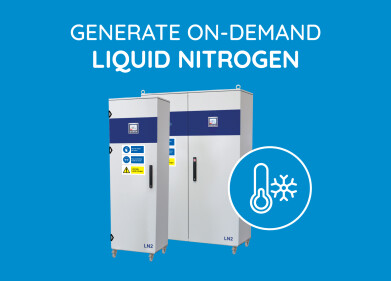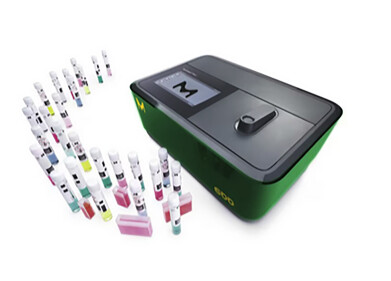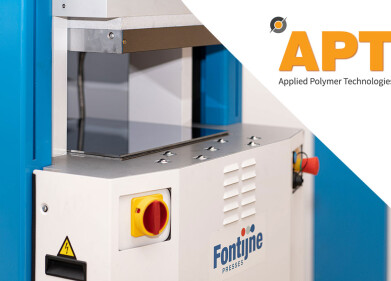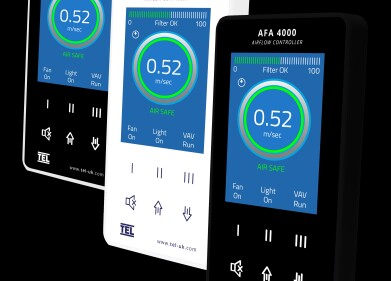Laboratory products
Don't Get Hot Under the Collar!!
Sep 27 2006
In its continuing efforts to serve its customers, Metrohm believes that Titrotherm will be a factor in solving titration problems often considered too difficult by other techniques.
Thermometric titrimetry gives the analyst another dimension in analytical problem solving, since it employs the most basic property of chemical reactions - namely enthalpy change - to detect the endpoint.
Thermometric titrimetry offers the analyst speed, accuracy and precision. Thermometric titration is a very versatile determination method and an ideal complement to potentiometric titration. In principle it is suitable for any reaction that produces a sufficiently large temperature change in the sample solution. It is particularly suitable for applications
. for which no suitable potentiometric sensor is available,
. for which no suitable reference electrode is available,
. in which the sample affects the indicator electrode or destroys it,
. for which no solvent is available that is suitable for potentiometry.
The 859 Titrotherm combines innovative sensor technology with Metrohm's titration know-how. The temperature sensor based on semiconductor technology (thermistor), has a short response time of 0.3 s and a high resolution of 10-5 K. This makes the Thermoprobe the ideal sensor for thermometric titration, as it can follow any change in temperature quickly and accurately. Metrohm's Dosino technology has defined a new standard for volumetric titration. The Dosing Unit with its drive motor is mounted on the
reagent bottle and thus guarantees maximum precision with minimum space requirements. The clearly laid out Titrotherm software allows adaptation of the screen view to the particular method parameters and thus provides rapid access to important commands or parameters. The endpoints are determined by
calculating the first and second derivatives of the titration curve; by means of additional optimization parameters, the reproducibility can be improved even further.
Digital Edition
Lab Asia 31.6 Dec 2024
December 2024
Chromatography Articles - Sustainable chromatography: Embracing software for greener methods Mass Spectrometry & Spectroscopy Articles - Solving industry challenges for phosphorus containi...
View all digital editions
Events
Jan 22 2025 Tokyo, Japan
Jan 22 2025 Birmingham, UK
Jan 25 2025 San Diego, CA, USA
Jan 27 2025 Dubai, UAE
Jan 29 2025 Tokyo, Japan



















